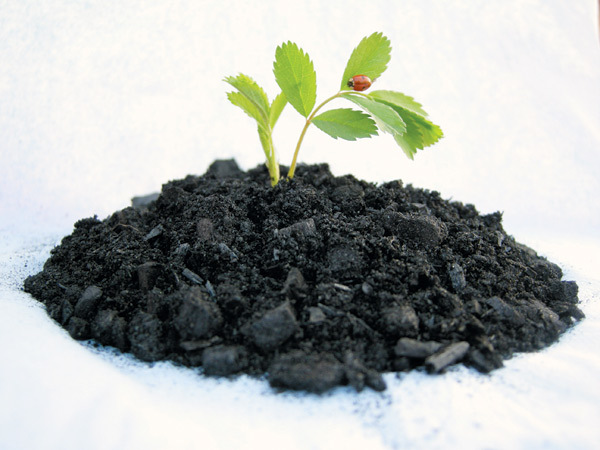
When someone hears “biochar,” they often picture some niche climate-tech wizardry for Silicon Valley farmers with solar tractors and oat-milk lattes. But here’s the truth bomb: biochar is old-school magic with new-school swagger—and it’s ready for prime time in African fields.
At Green Giraffe Zambia, we’ve been helping farmers turn waste into black gold using two game-changing methods: the TLUD Kiln and the Conical Pit. And no, you don’t need a PhD in thermodynamics to use them.
So, What the Heck Is Biochar?
In simple terms: take plant waste, burn it the smart way (not the smoky, “neighbors-calling-the-fire-brigade” way), and you get a charcoal-like material that’s fantastic for soil. It holds nutrients, keeps water in your soil longer, and stores carbon where it belongs—in the ground, not the sky.
Imagine compost with a cape. That’s biochar.
Why Should Farmers Care?
Let’s break it down:




Enter the TLUD and the Conical Pit: Biochar for Real-World Farmers
TLUD Kiln: Small But Mighty
Top-Lit UpDraft (TLUD) kilns sound fancy, but they’re actually super farmer-friendly. Think of them as a clean-burning, fuel-efficient oven that cooks your agri-waste into biochar. No smoke. No drama. Just char.
- Portable: You can literally carry it to your field.
- Efficient: Burns evenly with minimal fuel.
- Low emissions: Doesn’t make your farm look like a smoke signal party.
- Great for: Smallholder farmers who want control, quality, and speed.
One farmer called it “the microwave for maize stalks.” We don’t disagree.
Conical Pit Method: Old-School with a Twist
The Conical Pit is like a fire pit’s smarter cousin. You dig a cone-shaped hole, feed in biomass layer by layer, and smother the fire before it turns everything to ash.
- Low-cost: Just dig, fill, and burn.
- Great for: Group processing, co-ops, and farmers with access to plenty of residues.
- Bonus: It looks cool. People will ask questions. You’ll look like a soil alchemist.
Okay, But Does It Actually Work?
Yes. Like, data-backed, crop-boosting, soil-healing, carbon-sequestering kind of “yes.” Field trials across Africa (including right here in Zambia) have shown:
- Up to 22% increase in yields in sandy soils.
- Improved drought tolerance.
- Soil that smells like it wants to grow something.
And best of all? You don’t need to wait on a government grant or a PhD to start. You just need your crop waste, a little time, and one of the two methods above.
Final Word: Don’t Let Your Waste Go to Waste
You already grow things. Biochar just helps you grow better. Whether you’re feeding a family or running a farming business, this is about using what you already have—in a smarter way.
At Green Giraffe Zambia, we’re here to help you get started, whether you want to buy a TLUD kiln, dig your first conical pit, or just talk through how biochar fits into your specific crops and soils.
Because real impact doesn’t have to look like a spreadsheet—it can look like a greener farm, richer soil, and a future you helped build.
Ready to try it? DM us, call us, or just send smoke signals (preferably carbon-neutral ones).

